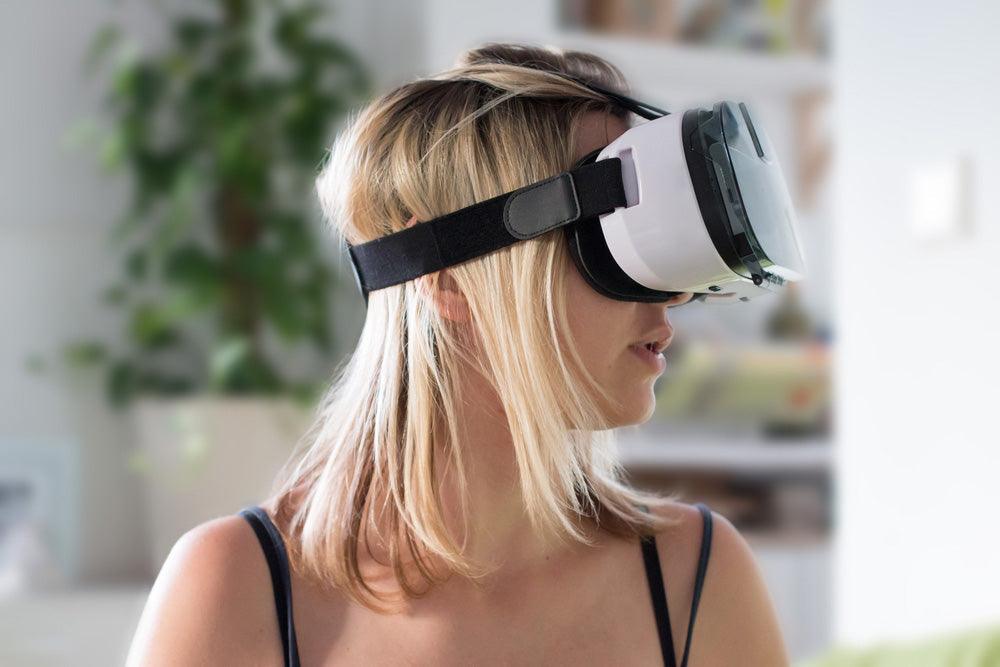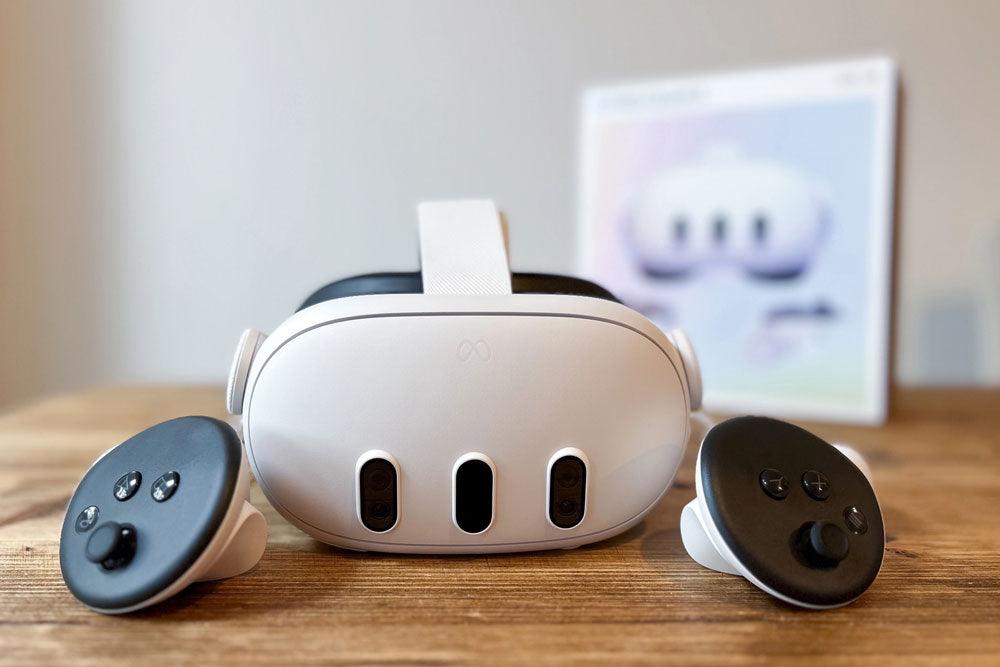Discussing whether to opt for airlink vs. link cable means stepping into a spirited debate among VR enthusiasts. It's a contention that pivots on speed, reliability, and untethering the virtual experience. This juxtaposition isn't merely about choosing cables; it's about choosing how deeply you wish to plunge into the virtual world without constraints.
At Kiwi Design, our commitment is to amplify your VR escapades for users who demand unwavering fidelity, and a high-speed link cable is the quintessential choice for you. Our accessories are designed to dovetail seamlessly with your VR gear, ensuring that your journey into virtual realms is as immersive and interruption-free as possible.
AirLink Offers Wireless Freedom, While Link Cable Ensures Stability
Virtual reality enthusiasts are always on the hunt for the best accessories to enhance their experience. Specifically, users of the Meta Quest series find themselves choosing between AirLink and Link Cable. This choice can significantly affect their gaming and exploration experiences in virtual environments.
AirLink provides users with the freedom to move without being tied down by physical cables. Imagine playing your favorite VR game or exploring new worlds without worrying about tripping over wires. This wireless connection appeals to those who value mobility and the feeling of being unrestricted. However, this freedom comes with its considerations. As we explore further, we'll understand how this freedom compares with the stability offered by a wired connection.
On the other hand, the Link Cable offers a rock-solid connection. It links the Meta Quest headset directly to a gaming PC, providing a steady stream of data. This ensures that visual and audio data are seamlessly transferred, minimizing disruptions during gameplay or VR exploration. While it restricts movement to the length of the cable, it promises an uninterrupted experience free from potential latency that could spoil immersive moments.
Quality of Visuals Differs Between AirLink's Convenience and Link's Reliability
Visual quality in VR is paramount. It's the difference between feeling truly immersed in another world and painfully aware of the virtual nature of your surroundings. AirLink, with its wireless convenience, allows users to enjoy a high degree of movement. Yet, this convenience might come at the cost of optimal visual fidelity. Wireless data transmission can occasionally lag, leading to a less stable visual experience. This can pull users out of their immersive state, reminding them of the technology's limitations.
On the flip side, the Link Cable's reliable, direct connection ensures that the visuals remain crisp and fluid. With data flowing uninterrupted directly from the PC to the headset, users can expect the highest quality visuals that their gaming PC and Meta Quest headset can deliver. This can make a huge difference in fast-paced games or detailed VR experiences, where every pixel counts.
AirLink Provides Mobility with Potential Latency Versus Link's Fixed Connection
Mobility in virtual reality is a double-edged sword. On one edge, AirLink offers unparalleled freedom, letting players duck, dive, and dodge without a care for cables. This freedom enhances the sense of immersion, making virtual worlds feel even more real. However, this mobility might come with the price of latency. Wireless connections, by their nature, can experience brief delays in data transmission. This can result in moments where the game lags slightly behind your actions.
Conversely, the Link Cable keeps you anchored in place but with the promise of consistency. Being physically connected to the source of your VR content means there's virtually no delay between your actions and the game's response. This can be particularly important in competitive gaming or experiences where timing and precision are key. The fixed connection means you trade some freedom of movement for the assurance that your virtual actions align perfectly with your real-world movements.
Battery Life Impact Compared Between Using AirLink and Wired Link Cable
Using AirLink means experiencing VR without a physical cable connecting the headset to the PC. This wireless freedom means the headset relies entirely on its battery. Heavy VR usage can drain the battery faster, limiting play sessions by the need to recharge. This doesn't affect everyone the same way; casual users might not notice, but frequent users could find their adventures cut short. When planning for long sessions, this becomes a crucial factor to consider.
Conversely, the Link Cable provides a direct connection to the PC, which also powers the headset. This setup significantly extends playtime, as the headset draws power from the computer. Users no longer worry about their session ending abruptly due to a low battery. This can be a game-changer for enthusiasts who dive deep into VR worlds for hours. It ensures the adventure goes on as long as you wish, limited only by your endurance and free time.
AirLink Versus Link Cable: Differences in Setup and Installation Time
Setting up AirLink requires a good wireless network and some initial configurations within the VR interface. The process involves pairing the headset to the PC wirelessly, ensuring both devices are on the same network. This setup can be straightforward but might stump those less familiar with their network settings. Once configured, connecting via AirLink becomes simpler, offering quick access to VR content without the physical constraints of cables.
In contrast, the Link Cable demands a one-time physical connection between the headset and the PC. This direct approach is plug-and-play, requiring minimal setup. Users might need to tweak a few settings for optimal performance, but generally, the process is quicker and simpler than configuring a wireless connection. This ease of setup appeals to users eager to jump straight into VR without fiddling with wireless settings.
Connect with Kiwi Design to Enhance Your VR Experience
Transitioning to AirLink presents a different allure—the liberty of movement. Kiwi Design champions this wireless wonder by providing accessories that maximize comfort and battery life. Our bespoke solutions mean users can indulge in prolonged, untethered sessions, fully exploiting the advantages of AirLink's freedom.





Laisser un commentaire
Tous les commentaires sont modérés avant d'être publiés.
Ce site est protégé par hCaptcha, et la Politique de confidentialité et les Conditions de service de hCaptcha s’appliquent.